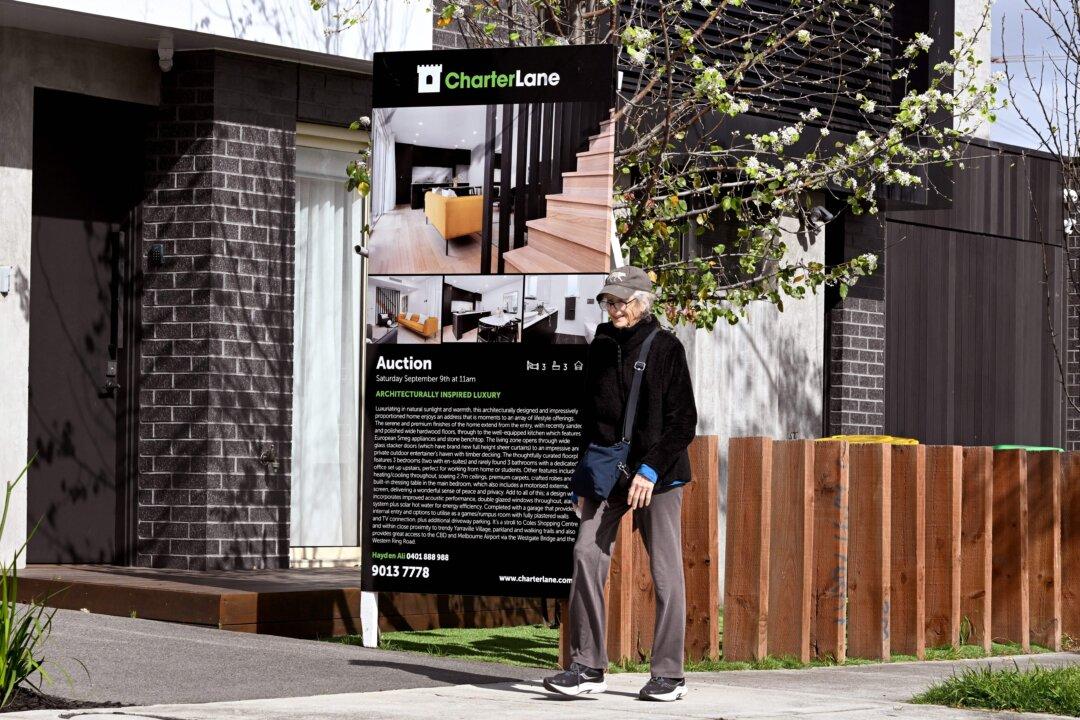Australia’s national house prices have seen the smallest growth in the past ten months as complicated market factors slow down the property market’s recovery.
According to the latest insight from real estate data firm CoreLogic, national home values rose by 0.6 percent in November, down from 0.9 percent in October, and 0.7 percent in September.





